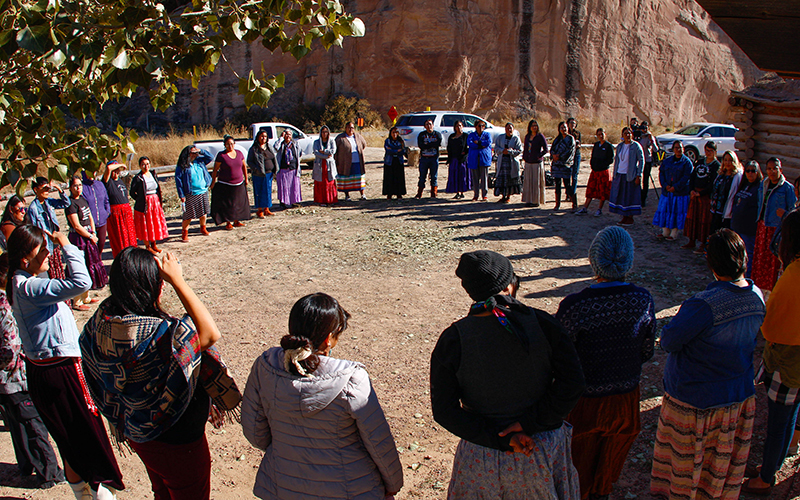
California’s maternal mortality rate declined 55% from 2006 to 2013, to 7.3 deaths per 100,000 births from 16.9 deaths per 100,000 births. (Photo by Cavan Images via Getty)
PHOENIX – Although the maternal mortality rate in the United States has continued to rise over recent years, California is one state working to reverse the tragic trend.
The state’s maternal mortality rate declined 55% from 2006 to 2013, to 7.3 deaths per 100,000 births from 16.9 deaths per 100,000 births.
Efforts to address the problem took off after the rate of deaths of women during pregnancy, during childbirth and after childbirth more than doubled over an eight-year period beginning in 1999.
In 2004, the state’s Department of Public Health started the California Pregnancy-Associated Mortality Review Project to investigate the rise in deaths.
Two years later, the California Maternal Quality Care Collaborative was founded at Stanford University School of Medicine to help identify causes and solutions.
Debra Bingham, a registered nurse and executive director of the Institute for Perinatal Quality Improvement, helped start the collaborative. She said the first goal was to understand the details behind the raw numbers.
“Across the country, we had not invested appropriately in case review,” she said. “The analogy I often use is: Think about a plane crash. If we didn’t spend the resources necessary to understand plane crashes, then we would just keep having those same plane crashes without learning from them.”
Many states, Bingham added, still do not review maternal deaths.
To confront the problem, the collaborative launched the online Maternal Data Center that links state birth-certificate data with hospital discharge data to generate real-time information about perinatal health. More than 200 hospitals participate, capturing about 95% of all births in the state.
After reviewing some of the case data, the collaborative developed toolkits addressing the leading causes of preventable death and complications for mothers and infants. Those kits include information on cardiovascular disease, hemorrhage, preeclampsia and reducing cesarean births.
The group also works directly with hospitals to implement some of these tools. One six-month pilot, launched in 2014, aimed at reducing cesarean births, which are riskier than vaginal births. Among the three hospitals that participated, the first-birth cesarean rate decreased by more than 20%. The effort has expanded to nearly 100 facilities.
“Every single death we reviewed had a strong or good chance to have been altered,” Bingham said. “In other words, the death could have been prevented had certain interventions been in place.”
Despite a lower overall maternal mortality rate, California still is confronting vast disparities among women of color. The death rate among black women in the state is three to four times higher than white women. A law approved this fall requires health care providers involved in perinatal care to undergo implicit bias training and take a refresher course every two years.
Bingham now consults with other states, including New Jersey, to come up with possible solutions for addressing maternal mortality. Her advice: “Identify what are the opportunities for having saved the woman’s life, versus looking at it from who made a mistake.”
In other words, translate data into solutions.


